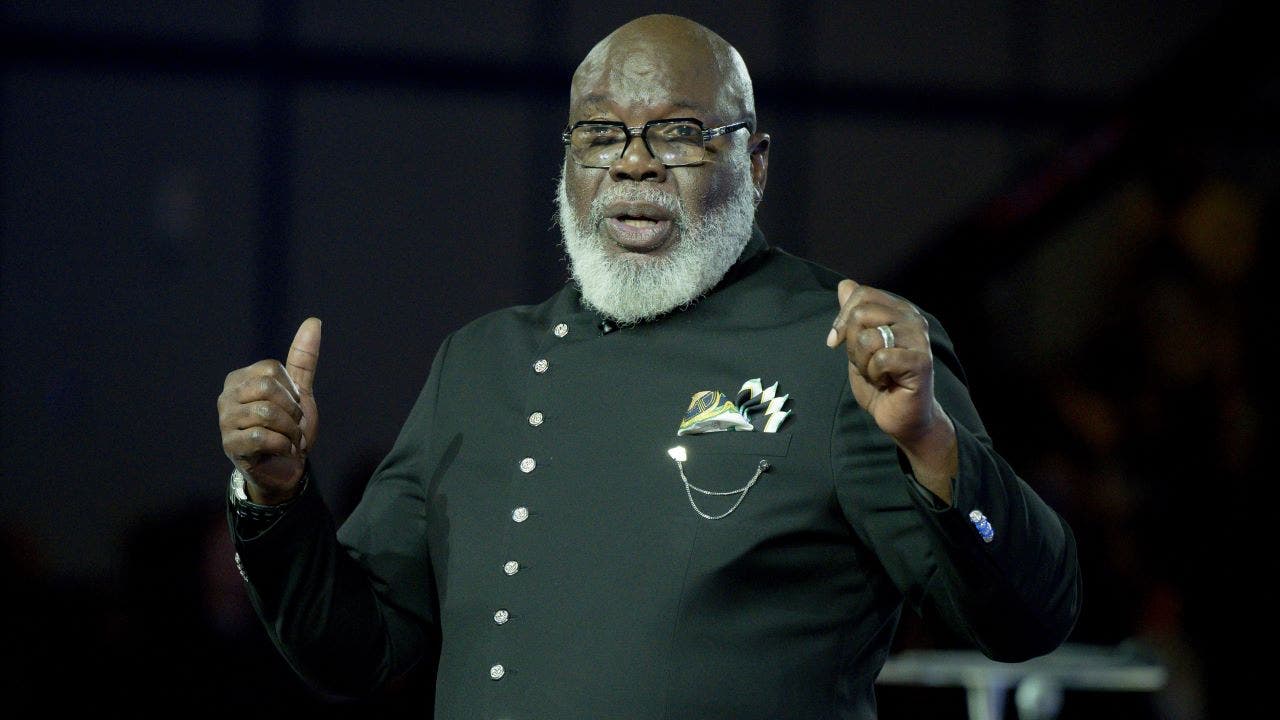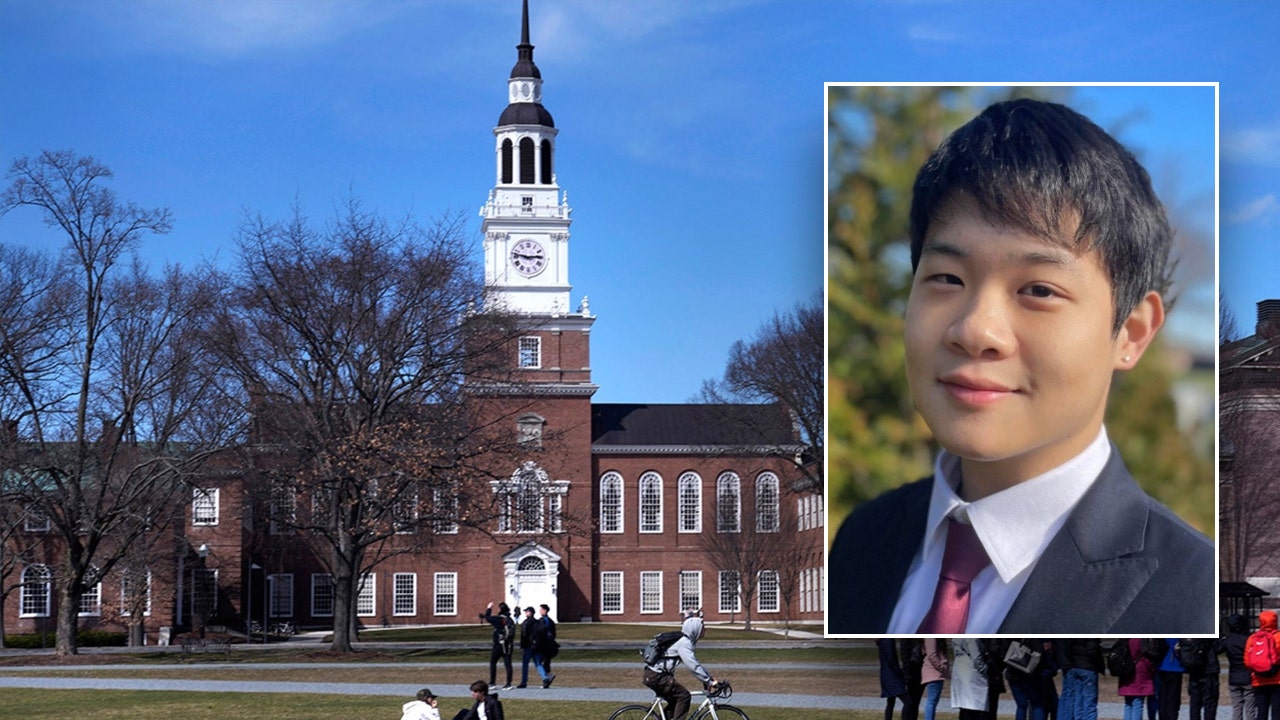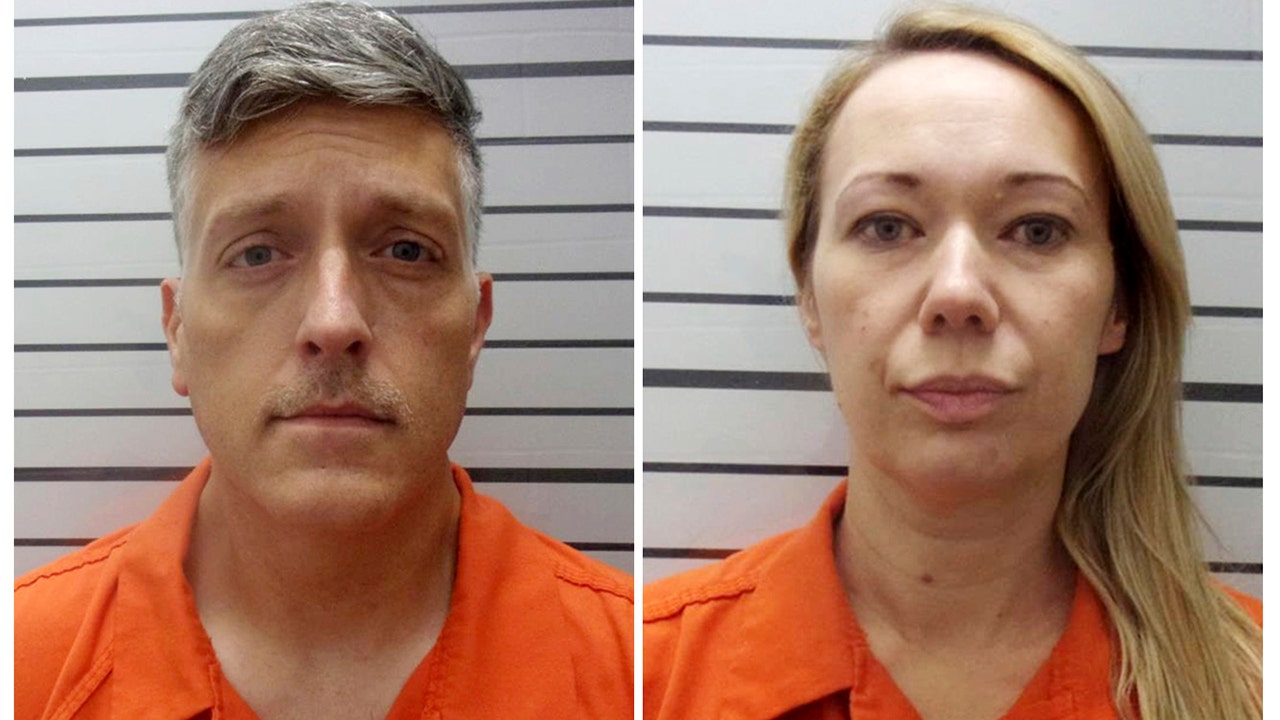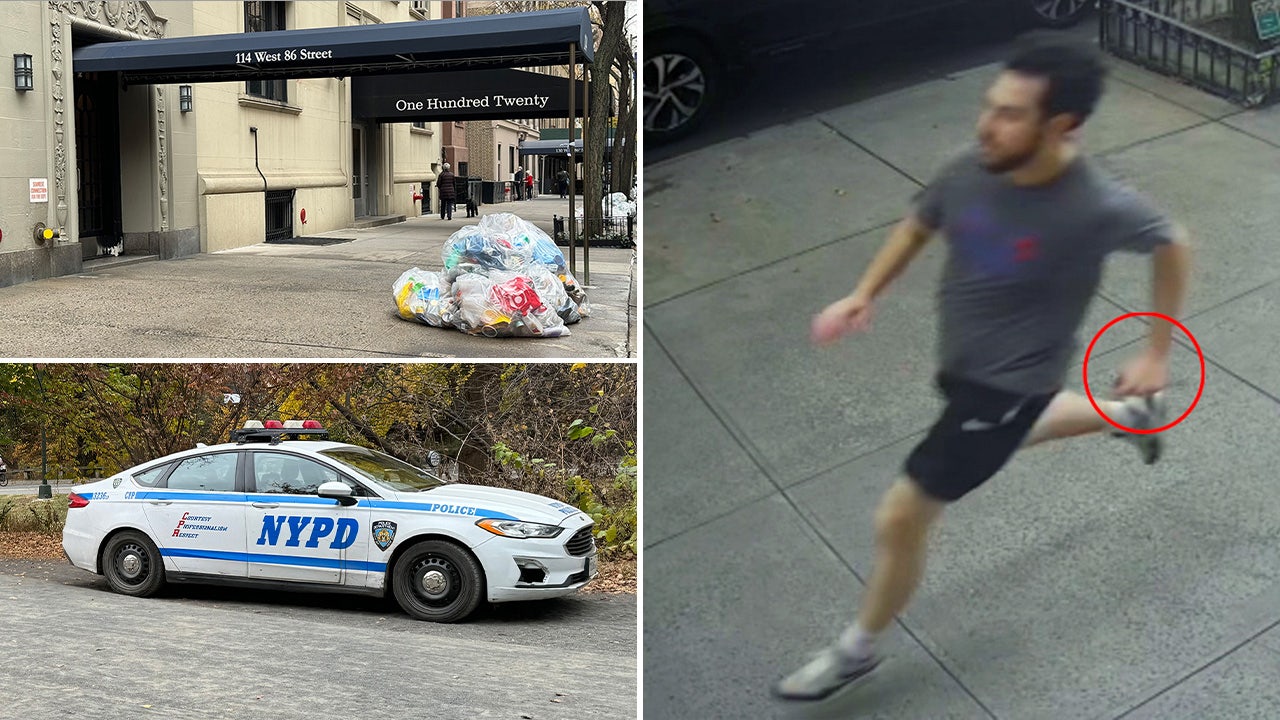A condemned man in Texas is set to die this month in what would be the country’s first execution for “shaken baby syndrome,” a scrutinized diagnosis that has been successfully challenged in some criminal cases.
After he filed a clemency petition with the state ahead of his execution, which is scheduled for Oct. 17, Robert Roberson told NBC News anchor Lester Holt in an interview airing Thursday that he is urging Texas Gov. Greg Abbott to pardon him and “let me go home.”
For more on this story watch “NBC Nightly News with Lester Holt” tonight at 6:30 p.m. ET/5:30 p.m. CT.
“Look at the support I’ve got, Mr. Governor, and I’m just hoping, praying that you do the right thing,” said Roberson, who was convicted of capital murder in his 2-year-old daughter’s 2002 death.
The Texas Board of Pardons and Paroles, which has declined to comment, must first recommend clemency to the governor.
Abbott has sparingly used his clemency powers. He did so in May, when he pardoned an Army sergeant convicted of murder last year in the fatal shooting of a Black Lives Matter protester in 2020.
His office did not reply to requests for comment.
Texas nearly executed Roberson in 2016, but the process was halted days before by the state’s highest criminal court, which allowed a lower court to conduct an evidentiary hearing. Last year, the state Court of Criminal Appeals denied Roberson’s bid for a new trial, unconvinced by any new scientific data, and last month it also dismissed his request to stay his execution.
Roberson, 57, said he hopes Abbott will be swayed by the support he is receiving, including from a bipartisan coalition of state legislators, medical experts and even the original detective in his case, who testified against him but now believes no crime was committed.
“I would like the public to know that I’m innocent,” Roberson told Holt. “I’m not guilty of this.”
Evidence at trial
Roberson said that in the early morning of Jan. 31, 2002, he awoke to a “strange cry” in his East Texas home and found his daughter, Nikki, had fallen out of bed. He comforted her, and they went back to sleep, according to court documents.
But hours later, Roberson said, he woke up and realized Nikki was not breathing and her lips looked blue. He took her to an emergency room, where doctors concluded she was exhibiting signs of brain death. The following day, she was pronounced dead.
Based on her condition, which included a head injury that consisted of bleeding, brain swelling and retinal hemorrhaging, a doctor in Dallas determined she died as the result of so-called shaken baby syndrome, in which a child is shaken so violently that the action causes head trauma.
The lead detective in the case, Brian Wharton, accepted the shaken baby syndrome diagnosis, and Roberson was arrested before an autopsy was even completed.
Wharton testified against Roberson at his 2003 capital murder trial. Prosecutors highlighted that they believed Roberson intentionally shook Nikki, causing bruising and blunt force trauma, and that he appeared almost emotionless when he took her to the hospital.
Roberson has since attributed his “seemingly blank reaction” at the time to autism spectrum disorder, which he was diagnosed with in 2018. In addition, his defense lawyers were not allowed at his trial to have a medical expert testify about his claims of “mental lapses” caused by a brain injury.
Shifting science
The concept of shaken baby syndrome began in the 1970s. Scientists theorized it could explain serious head injuries in infants if certain symptoms were found.
But the medical science — and the term — have evolved over the years, said Kate Judson, executive director of the Center for Integrity in Forensic Sciences, a nonprofit organization. In a recent news conference organized by Roberson’s lawyers, Judson said that “other phenomena, such as short falls with head impact or many naturally occurring diseases like pneumonia” are now understood to explain many symptoms previously believed to be indicative of abuse.
In 2009, the American Academy of Pediatrics changed the name of shaken baby syndrome to the more broadly defined abusive head trauma to include injuries caused by mechanisms other than shaking alone.
But even experts who support the scientific validity of abusive head trauma, like Dr. Andie Asnes, a professor of pediatrics at the Yale School of Medicine who is also on the American Academy of Pediatrics’ Executive Council on Child Abuse and Neglect, caution that the diagnosis is complex and requires extensive analysis.
“When making the diagnosis of abusive head trauma, context is absolutely critical. No one can make this diagnosis in the absence of a lot of other important information,” Asnes said. “In other words, simply seeing an injury on a child, I can’t tell from looking at an injured child what happened to them unless I hear an explanation from someone who may have seen what happened to them.”
She added that a child’s medical history is “critical to making the diagnosis.”
While it is “extraordinarily dangerous to shake an infant,” Asnes said, simply looking at symptoms of bleeding, brain swelling and retinal hemorrhaging would be “a significant gross oversimplification of the multistep, thoughtful process that leads to an ultimate diagnosis of abusive head trauma.”
Asnes told NBC News that she was unfamiliar with Roberson’s case and could not comment on the specifics of the conviction.
Hundreds of possible shaken baby and abusive head trauma cases are reported to hospitals in the U.S. every year, according to a nonprofit advocacy group. While there have been criminal cases involving such injuries, leading to convictions, scrutiny of the medical testimony has also resulted in reversals: Since 1992, at least 34 defendants were later exonerated in connection with allegations of shaken baby syndrome or abusive head trauma, according to the National Registry of Exonerations, which tracks sentences for wrongful convictions.
Roberson would be the first person in the U.S. to be executed based on a shaken baby diagnosis, said Robert Dunham, director of the Death Penalty Policy Project, an independent research program, and special counsel at the nonprofit law firm Phillips Black. A Mississippi man on death row for a shaken baby diagnosis was resentenced to life in prison in 2018 after evidence was re-examined.
Actual causes
Lawyer Gretchen Sween, who joined Roberson’s case about two months before he was supposed to be executed in 2016, said she was struck by how little investigators took Nikki’s past health issues into consideration. Nikki was chronically ill and had been repeatedly taken to the hospital in the days before she fell because of persistent respiratory issues and a fever.
“The shaken baby concept did not add up,” Sween said. “But also, looking at the medical records, it was clear this was a very, very ill child. And everyone had dismissed that at trial.”
The defense contends, based on reanalyzed postmortem reports, that Nikki was suffering from undiagnosed pneumonia that hindered her ability to take in oxygen and caused swelling in her brain, and that she was given a high level of a drug that is no longer prescribed for children as young as she was.
Wharton, the former police detective in Roberson’s case, said he thought Roberson’s “flat affect” while his daughter was in the hospital meant he was “hiding something.”
Since Roberson’s conviction, Wharton said, he has come to have a better understanding of Nikki’s diagnosis and wishes he had initially had more information about her medical history.
Wharton is using his background with the case to speak out in defense of Roberson, he said in an interview with Holt.
“I owe Robert nothing less,” said Wharton, who retired from law enforcement to study at a theological seminary. “My life in law enforcement and my life in general has always been about truth and, I hope, justice, and we’re at a point here where the truth about Robert is being avoided and justice is not being served.”
Roberson told Holt that he is grateful for the support. He no longer feels anger over his years in prison and the way he was treated when his daughter died. He had been a single father caring for Nikki after her mother lost custody because of personal issues.
Prayer and forgiveness, he said, help him stay positive.
Read the full article here

















